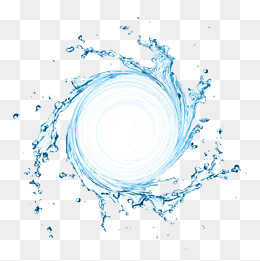

Mercier and Heiniger suggest a method for evaluating judges, thus providing a score for integrity and accuracy for each judge. These papers all note that bias exists, but none suggest any method for adjusting scores for the bias or for reducing bias, other than providing more training and screening of judges. Other types of bias occurring in subjective scores are reputation bias, where athletes with better reputations obtain higher scores serial position bias, where an athlete following a well-performing competitor gets higher scores than perhaps deserved and viewpoint bias, where errors in judging can be made depending on the judges’ view of the athlete. It was also found that poorer athletes received higher scores than they deserved possibly due to sympathy. Furthermore, the bias extends beyond favoring athletes from the judge’s home country. For example, fifteen out of seventeen judges who judged their own countrymen in the 2000 Olympics exhibited a nationalistic bias, and occasionally the amount of bias was enough to alter medal standings. In fact, there have been several scandals where judging bias was alleged in high-level competitions, particularly at the Olympics. However, it is impossible to eliminate all subjectivity when human judges are employed. In these sports, judges typically follow a set of guidelines in order to align their scores to a set of standards. There are many competitive sports where expert judges score performance of participants, such as gymnastics, diving, figure skating, and power lifting. Eventually, our findings could lead to use of video footage to supplement judges’ scores in real time. In addition, we calibrated the results from the model against those of meets where the same divers competed to show that the measurement data ranks divers in approximately the same order as they were ranked in other meets, showing meet to meet consistency in measured data and judges’ scores. The model was shown to fit the data well enough to warrant use of characteristics from video footage to supplement judges’ scores in future meets. In this article we show, via a series of regression analyses, that certain aspects of an athlete’s performance measured from video after a meet provide similar information to the judges’ scores. The measurements from the video are gathered to provide a gold standard that is specific to the athletic performances at the meet being judged, and supplement judges’ scores with synergistic quantitative and visual information.

The measured items were then used as explanatory variables in a regression model where the judge’s scores were the response. The variables measured from the video were height of the dive at its apex, angle of entry into the water, and distance of the dive from the end of the board. In an effort to obtain objective comparisons for judges’ scores, a diving meet was filmed and the video footage used to measure certain characteristics of each dive for each participant. For diving in particular, judges are trained to look for certain characteristics of a dive, such as angle of entry, height of splash, and distance of the dive from the end of the board, to score each dive on a scale of 0 to 10, where a 0 is a failed dive and a 10 is a perfect dive. Instant replay or recorded video can be used to assess judges’ scores, or sometimes update judges’ scores, during a competition. Human error and bias can affect the scores, sometimes leading to controversy, especially at high levels. Sports such as diving, gymnastics, and ice skating rely on expert judges to score performance accurately.


 0 kommentar(er)
0 kommentar(er)
